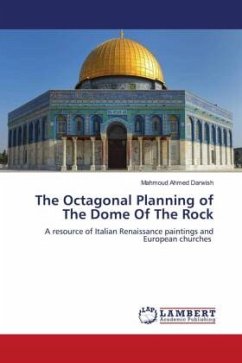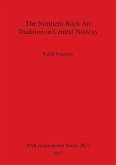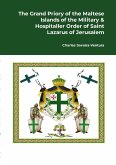The Dome of the Rock is considered one of the most important landmarks of al-Aqsa Mosque in Jerusalem, built by Caliph Abdul Malik bin Marwan, (685-691 A.D), it is an octagonal building has four doors, and inside it another octagon based on pillars and cylindrical columns, inside of which there is a circle in the middle of the honorable rock. In the middle Ages, when the Crusaders conquered Jerusalem, Jerusalem was a source of inspiration for European photographers and architects in general and the Italians in particular. in the Renaissance, attempts have been made to portray Jerusalem artistically and imitate it architecturally, the influence of the Dome of the Rock was clear. The importance of this book is evident in highlighting the religious and artistic impact of the Dome of the Rock on Italian painting arts and the planning of European churches, and this is what historians of art and architecture in the West acknowledge, and what architectural literature adopted and quoted by architects and artists in the Renaissance era. As for the architecture of European churches, the dome also controlled most of the urban planning of Italian cities.
Bitte wählen Sie Ihr Anliegen aus.
Rechnungen
Retourenschein anfordern
Bestellstatus
Storno








